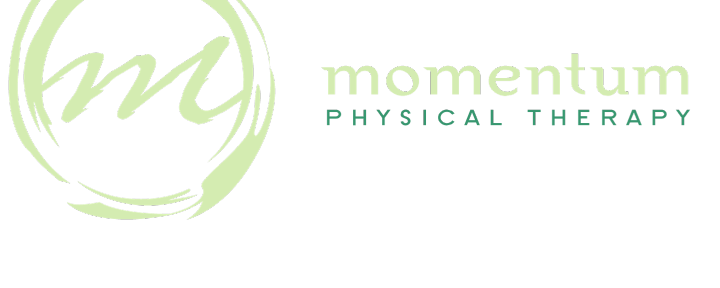One of the most common causes of neck pain and headaches is prolonged periods of sitting with poor posture. A lot of people underestimate the power of good posture and the positive effects it can have on your life. It’s easy to fall into the habit of slouching, especially when many of us are required to sit for a majority of the day.
Here are a few ways to improve your posture and ease your neck pain and headaches.
Adjust the viewing angle of your computer, tablet or book
The easiest way to assess your posture while at your desk is to have someone take your picture from the side while you are in a relaxed position. Having the computer screen, tablet or book too low causes you to have your neck flexed forward, placing extra strain on the muscles on the back of your neck. Propping your computer or book up so that it’s at eye level allows your neck to be in a neutral position, eliminating this strain.
Adjust your chair for a custom fit
Height: your feet should rest comfortably on the floor, if you can’t reach the floor, use a footrest or book under your feet. Seat length: make sure you have 2-3 inches between the back of your knee and the front of the seat. Seat tilt: tilt the seat so that your hips are tilted forward slightly.
Move and stretch every 30 minutes
These don’t need to be elaborate stretches, something as simple as shoulder rolls and a quick lap around the room will do the trick. The key is moving frequently. I recommend this app to keep you on track.
Breathe
You take somewhere between 17,000-30,000 breaths per day, but how many of them do you consciously think about? Deep breathing helps to decrease stress and relieve tension in tight muscles. Additionally, deep breathing improves your posture as it’s nearly impossible to take a deep breath in a slouched position! Here is an easy breathing exercise you can do at your desk.
Putting these actions into place and committing to them daily over the long run will help ease neck and headache pain. Also, these tips help prevent aches and pains from becoming a problem in the first place.
If you’re still having difficulty after trying these tips, you may need additional help from a physical therapist who specializes in neck and headache pain. Feel free to contact me at amy@momentumptmt.com or click the button below to request a free discovery visit.
Share this Post

